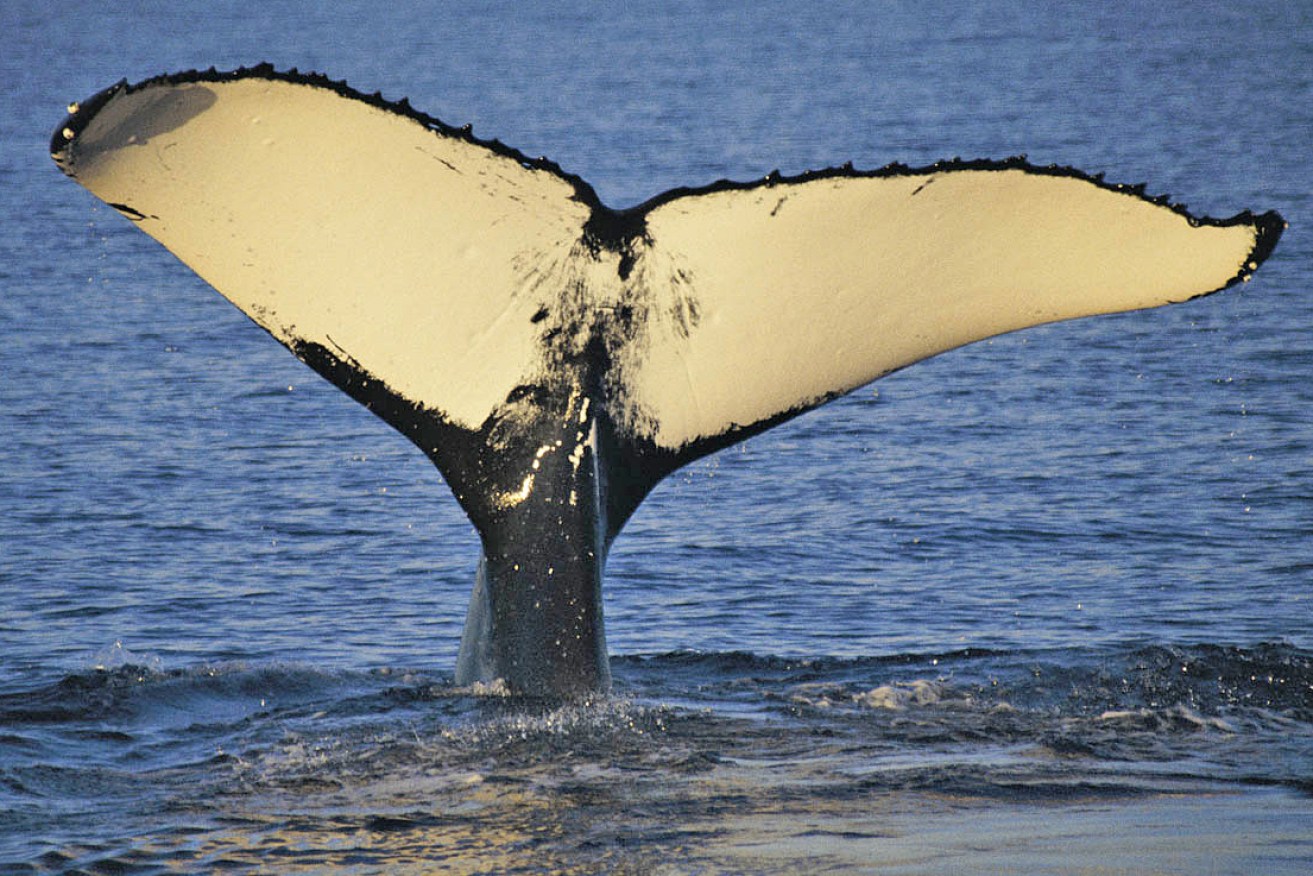Most whales in 70 years but 40,000 humpbacks ‘close to capacity’ say experts
A record 40,000 whales migrating north along the east coast is hitting “maximum capacity” levels of Australian Eastern Humpbacks that are at a tipping point where numbers will plateau, scientists believe.


Experts believe a record number of whales will deliver an exceptional year for whale watching. (Photo: Dr Trish Franklin/The Oceania Project)
Migaloo, the famous white whale, is expected to arrive in waters off the Gold Coast in early July.
Experts anticipate the record number of whales, the most in more than 70 years, will deliver an exceptional year for whale watching, but this season will be the last of the rapid population growth.
Whales have been regularly seen making their way north off the Gold Coast and two whales have already been spotted at whale-watching hotspot Hervey Bay, which is well ahead of schedule.

(Photo: Dr Trish Franklin/The Oceania Project)
Southern Cross University humpback whale researcher and Oceania Project director, Dr Wally Franklin, said this season the migration north along the east coast of Queensland had started early.
But the main difference this season was the number of whales, which was expected to be up 10 per cent on last year.
“That’s a lot of whales,” Franklin said.
“It’s a very interesting phenomenon occurring with this group of whales. They were reduced to only 150 that survived that last period of whaling mainly after WWII, so they were taken very close to the edge of extinction.
“It took them a long time to get back … but they’re back up to what is probably approaching what the population would have been prior to the last period of whaling.”
Franklin said it took about 30 years from the 1960s to early 1990s for whale numbers to get back to around 1000. Since then, numbers had grown to a peak of around 40,000 this year.
He said 40,000 could be the maximum level, with numbers at a point where they were expected to begin to stagnate.
“There is a time when the population will begin to curve or flatten,” Franklin said.
“We don’t at all understand what are the factors that will cause that – it could be the amount of breeding space available up in the breeding areas in the Great Barrier Reef and other parts of the Pacific, it could be to do with just the sheer numbers of whales that could affect the birthing rates, it could be to do with food production in Antarctica.
“These could be factors that lead to a point where births and deaths come back into balance and the population will reach a level and stagnate and we think that’s about 40,000.”
This article is supported by the Judith Neilson Institute for Journalism and Ideas













